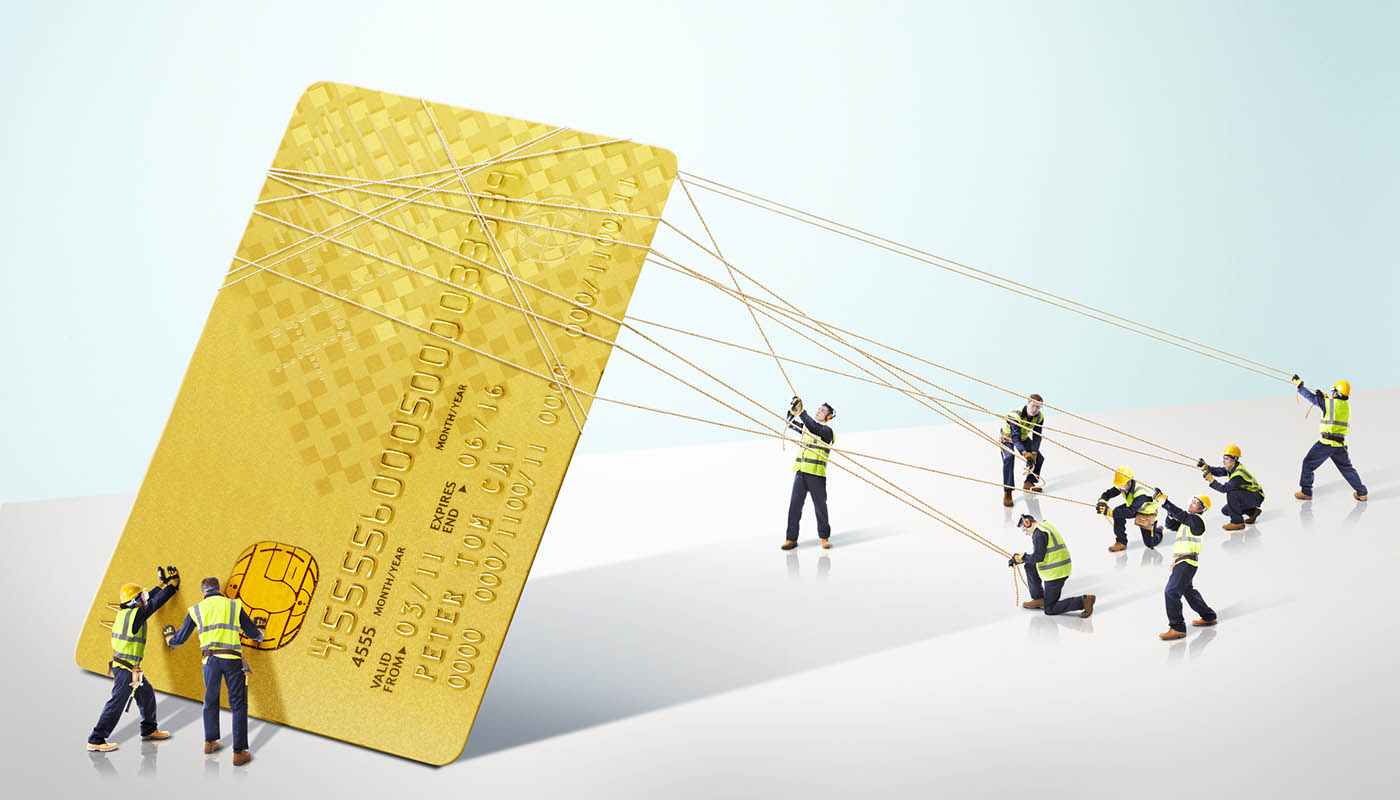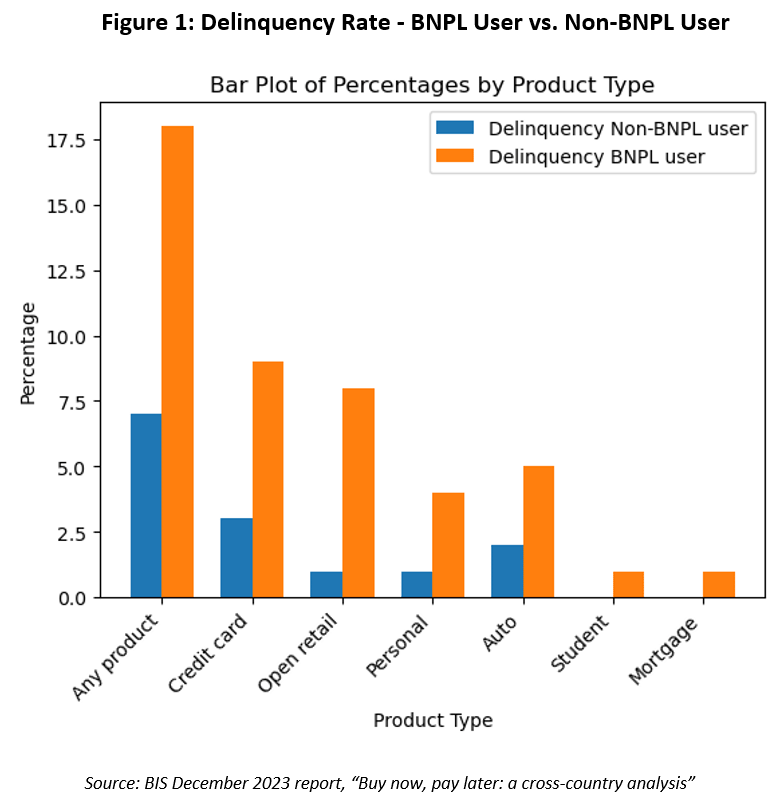
Buy Now, Pay later (BNPL) applications offer consumers the opportunity to defer payment on goods and services. The usage of BNPL has increased six-fold globally since 2019, and now represents a merchandise volume exceeding $300 billion, according to a December 2023 report from the Bank for International Settlements.
But what types of risks does this approach to lending present to credit risk managers? BNPL payment plans offer credit to consumers who otherwise might not be able to afford a certain product or service, and are typically divided into four installments. Interest is only charged if the customer fails to meet their scheduled payments.
On the downside, despite such benefits, BNPL loans suffer from significantly higher delinquency rates than more traditional credit products. What’s more, BNPL platforms struggle to turn a profit, and there are consequently questions about whether this model is even sustainable.
Marco Folpmers
For financial institutions, the BNPL concept is intriguing but complex. Allocating a part of a banking portfolio to riskier products can actually diversify it, drive profit, and support recapitalization or future business investment. But does BNPL represent a viable portfolio option? Before we answer that question, we first need to understand how BNPL operates.
Understanding BNPL
BNPL has gained significant traction in just about every part of the world of e-commerce. For instance, in The Netherlands, it is projected that 12% of all e-commerce expenditures will be made via BNPL by 2025.
Essentially, BNPL is a transaction between a consumer and a merchant. The consumer, unable or unwilling to pay immediately, is given a short-term, often interest-free loan by the merchant. This appears to be a win-win situation: the consumer receives the product without having to provide upfront liquidity, and the merchant secures a sale without risking the consumer going elsewhere.
However, this leaves the merchant with a credit risk, usually transferred to a third party: the BNPL platform. Merchants, of course, pay a fee for this transfer – which the BIS report states is typically double that of credit card transactions. (In the U.S., for example, a credit card transaction might come with a 2% fee for the merchant, whereas BNPL could cost 4%.)
BNPL applications are commonly funded by private investors, venture capitalists or pension funds. Interestingly, though they charge merchants high fees, these platforms often struggle to turn a profit due to high operating costs and credit losses. Indeed, the BIS report shows that some of the major BNPL players haven't turned a profit since 2018.
The Risks of BNPL
Financial risk managers need to heed the risk characteristics of all credit products, including BNPL. The convenience of BNPL can lead to excessive consumer debt, creating financially unhealthy situations that need to be avoided, both from a personal welfare perspective and a societal viewpoint.
If consumers fall into a cycle of high debt, particularly during periods of increasing interest rates, defaults will rise – leading, ultimately, to an increase in repossessions and unemployment. BNPL customers are typically younger and less educated, and thus represent a higher credit risk.
BIS data in Figure 1 (below) shows a comparative analysis of delinquency rates for BNPL versus other credit products.

As depicted in Figure 1, BNPL suffers from considerably higher delinquency rates than other credit products. But BNPL platforms also present another risk: survival.
Despite their inability to make profits, they attract funds from other players like “neo-banks” and big tech. However, the sustainability of this innovation is questionable, since high-volume growth is coupled with razor-thin profit margins in a less regulated pocket of the financial industry.
Parting Thoughts
If consumers and merchants find value in shifting of credit risk to alternative platforms, financial risk managers can work toward more sustainable solutions.
Basic credit risk scoring, responsible lending standards and affordability tests, for example, can all be more carefully applied to BNPL. Regulation and oversight are also crucial. However, since BNPL has a vital role in providing credit to consumers with limited access to regular financial products, regulation must be applied without hampering innovation.
Dr. Marco Folpmers (FRM) is a partner for Financial Risk Management at Deloitte the Netherlands.
Topics: Counterparty